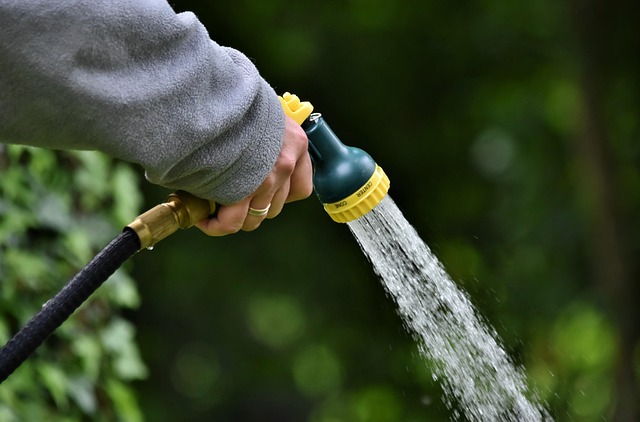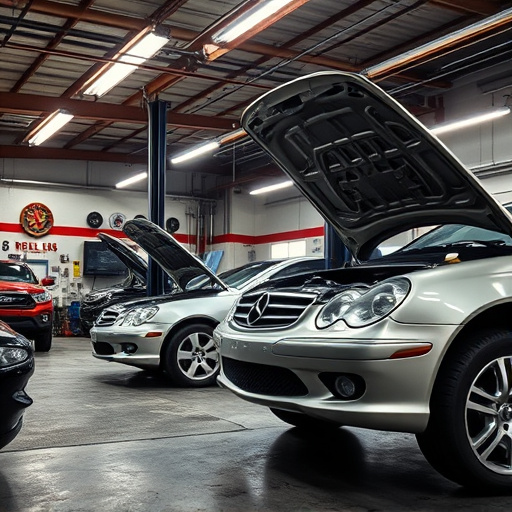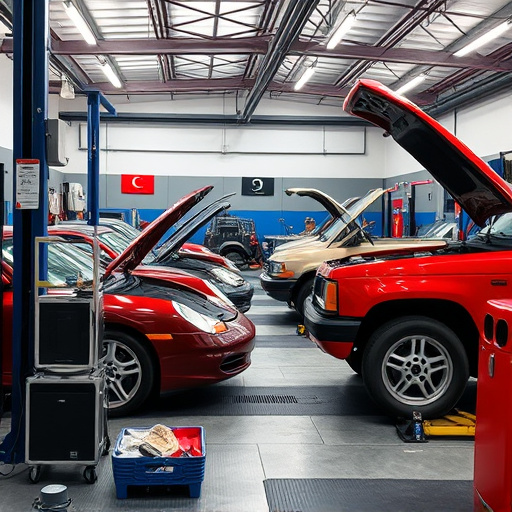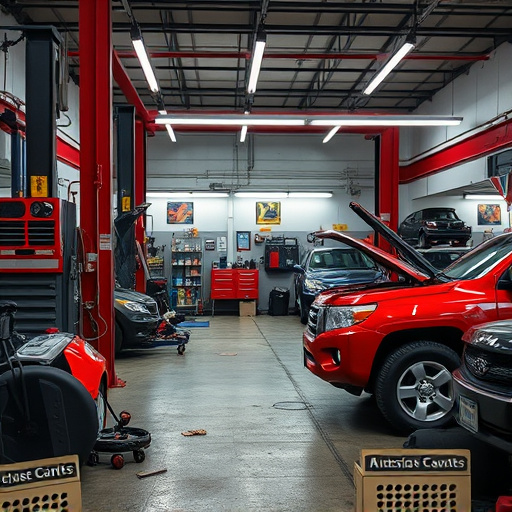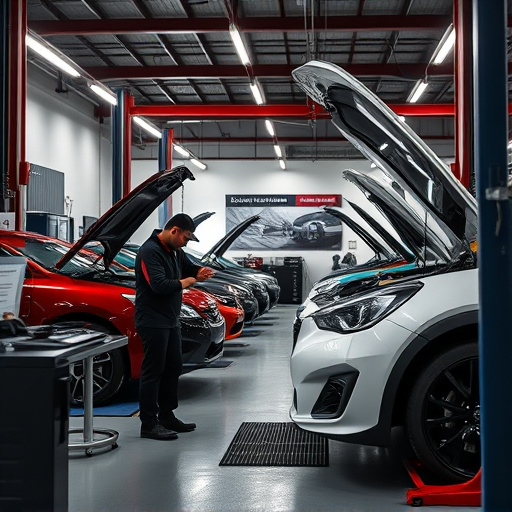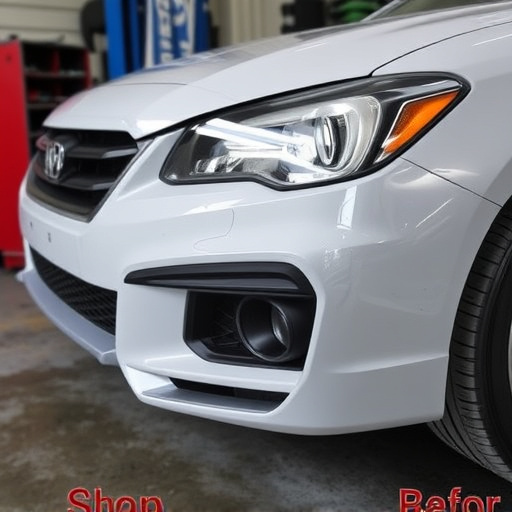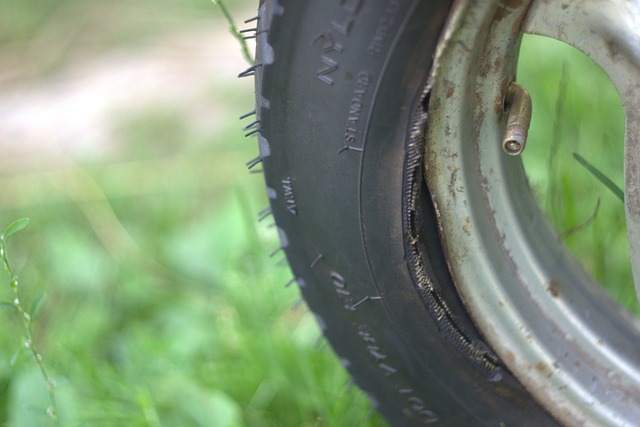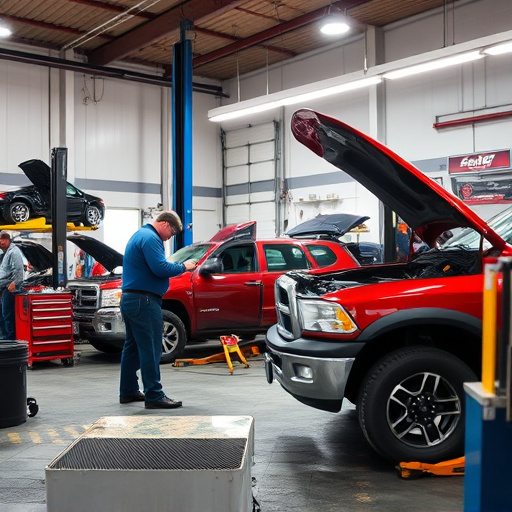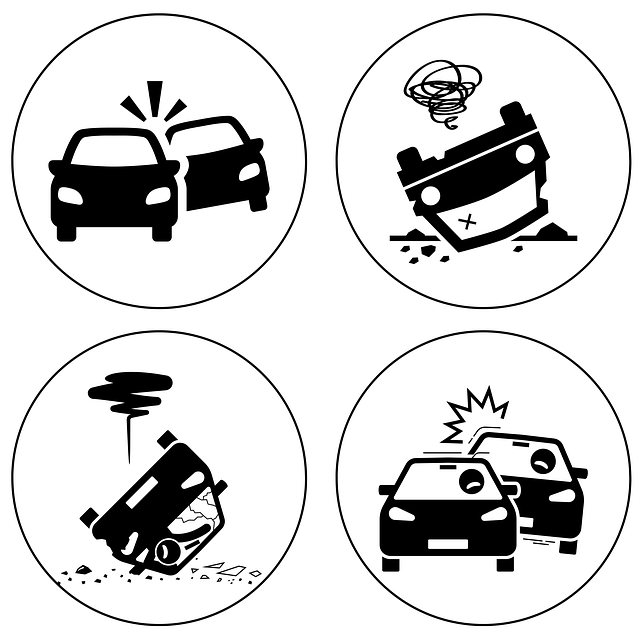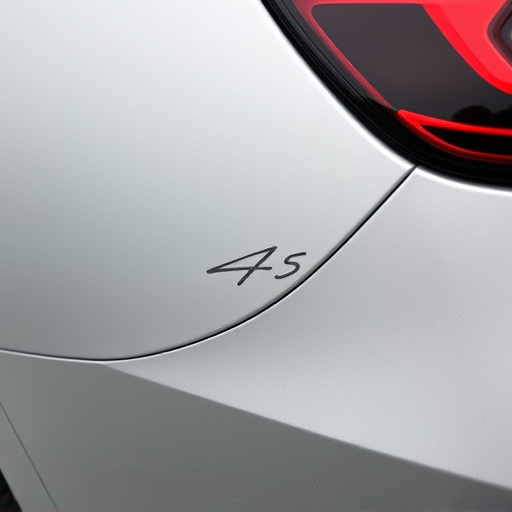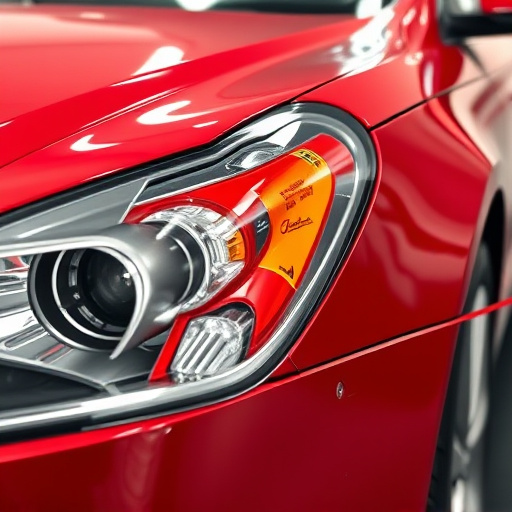In moments of crisis, swift action can make all the difference. If you’re facing an emergency glass repair, knowing exactly what to do—from assessing damage and gathering tools to implementing effective techniques—can significantly speed up the process. This guide offers 10 invaluable tips tailored for urgent glass repairs, ensuring your safety and minimizing disruption. Discover how to navigate through shattered windows or glass doors, utilize replacement kits, and when to enlist professional emergency glass repair services for comprehensive solutions.
- Assessing the Damage and Preparing for Repair
- – Identifying urgent vs non-urgent glass issues
- – Gathering necessary tools and materials
Assessing the Damage and Preparing for Repair

Before diving into the repair process, it’s crucial to assess the damage caused by the glass breakage. This initial step is vital as it determines the scope of work and the necessary materials for an effective emergency glass repair. Inspect the shattered glass for cracks, chips, or complete obliteration, taking note of their size and location. Additionally, check for any structural damage to the window frame or surrounding components.
Preparing for the repair involves gathering essential tools and materials, such as replacement glass panels (if needed), sealants, and cleaning supplies. Many auto collision centers offer emergency glass repair services, ensuring swift and efficient solutions. It’s helpful to have a basic understanding of the process, especially when dealing with vehicle repair services, to communicate effectively with professionals and make informed decisions regarding your auto body painting needs.
– Identifying urgent vs non-urgent glass issues
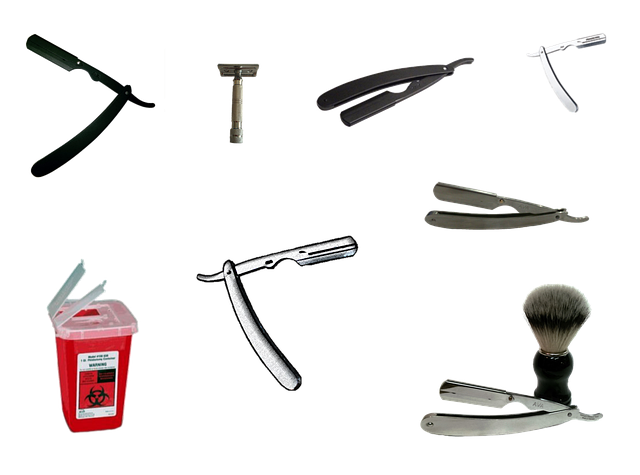
When it comes to emergency glass repair, distinguishing between urgent and non-urgent issues is key. Urgent cases, such as a shattered windshield or broken side window, require immediate attention due to safety concerns. These types of repairs prevent further damage and ensure driver visibility, which is crucial for preventing accidents and ensuring the safety of everyone on the road. On the other hand, less urgent issues, like minor cracks or chips, while still requiring repair, can often wait for less chaotic times.
Proper categorization allows for more efficient deployment of resources, especially in situations where time is of the essence. For example, car dent repair, while important for aesthetics and vehicle value, might not be considered an emergency glass repair compared to a cracked windshield that could obscure the driver’s view. Efficiently identifying and prioritizing these issues facilitates faster response times from professional emergency glass repair services, ultimately enhancing road safety.
– Gathering necessary tools and materials
